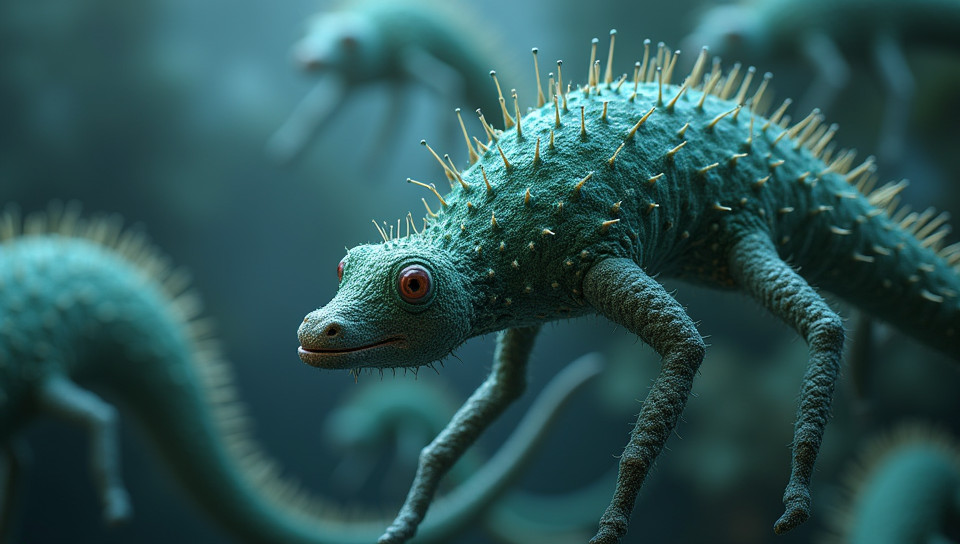Genetic modification in biotechnology is controversial 89%

The Double-Edged Sword of Genetic Modification
In the world of biotechnology, few topics spark as much debate and controversy as genetic modification. With its roots in the scientific community dating back to the 1970s, genetic engineering has revolutionized our understanding of genetics and paved the way for breakthroughs in medicine, agriculture, and beyond. However, the rapid advancements in this field have also raised concerns about its safety, ethics, and potential consequences.
The Rise of Genetic Modification
Genetic modification involves the use of biotechnology to manipulate an organism's DNA, often with the goal of introducing desirable traits or characteristics. This can be achieved through various methods, including gene editing, genetic engineering, and mutagenesis. The potential benefits of genetic modification are vast, from increasing crop yields to developing new treatments for diseases.
Benefits of Genetic Modification
- Improved crop resilience: Genetic modification has enabled farmers to develop crops that are resistant to pests and diseases, reducing the need for pesticides and other chemicals.
- Increased food production: By introducing genes that promote growth or disease resistance, scientists have been able to increase yields and improve food security in areas with limited agricultural resources.
- Medical breakthroughs: Gene editing technologies like CRISPR/Cas9 have opened up new avenues for treating genetic disorders, such as sickle cell anemia and muscular dystrophy.
Concerns and Controversies
Despite the potential benefits, genetic modification has also sparked controversy and debate. Critics argue that:
- Unintended consequences: The long-term effects of genetic modification are not yet fully understood, and there is a risk of unintended consequences on ecosystems or human health.
- Lack of regulation: In some countries, the regulatory framework for genetically modified organisms (GMOs) is inadequate or inconsistent, leading to concerns about safety and labeling.
The Future of Genetic Modification
As biotechnology continues to evolve, it's clear that genetic modification will play an increasingly important role in shaping our world. While controversy surrounding this topic is likely to persist, the potential benefits of genetic engineering cannot be ignored. By fostering open dialogue and evidence-based decision-making, we can work towards harnessing the power of genetic modification for the betterment of society.
Conclusion
The debate around genetic modification is complex and multifaceted, with valid arguments on both sides. As scientists, policymakers, and citizens, it's essential that we approach this topic with nuance and a commitment to transparency. By doing so, we can ensure that the benefits of genetic engineering are realized while minimizing its risks and unintended consequences. The future of biotechnology depends on it.
- Created by: Miguel Ángel Acosta
- Created at: Dec. 21, 2024, 2:44 p.m.
- ID: 16963









